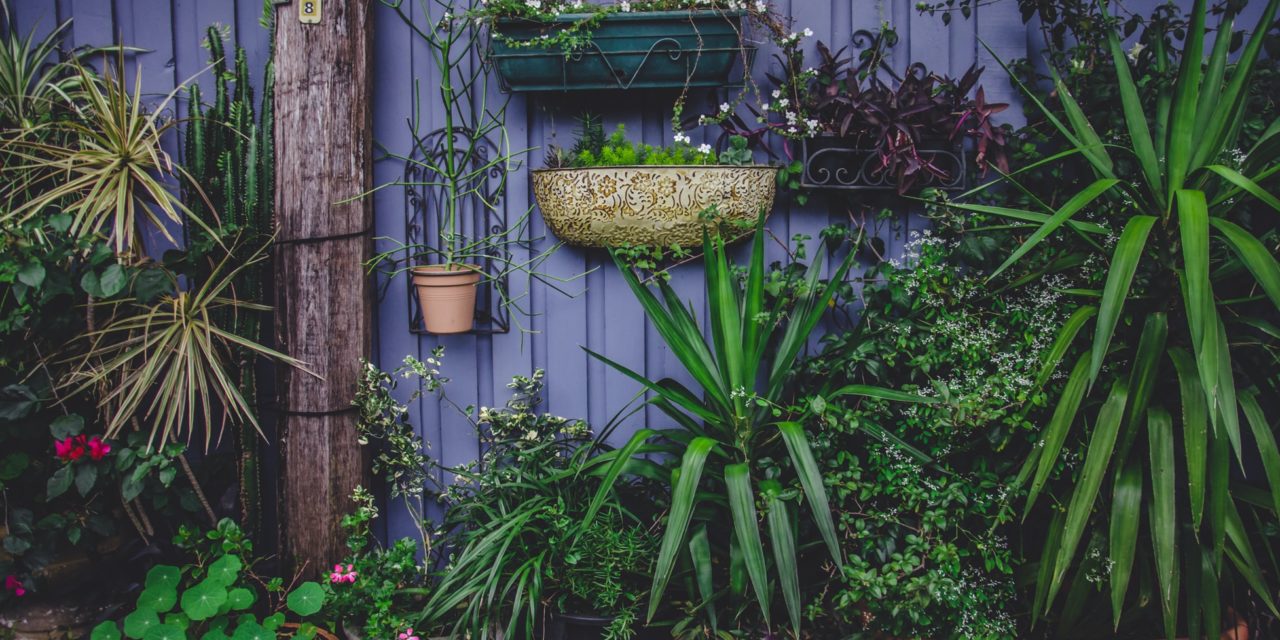[ad_1]
Your outdoor landscape can provide a natural and functional extension of your indoor living space if designed to complement your home as well as your family's individual needs. Hobbies, entertaining, recreation, and other family interests should all be considered as ways to use your yard and landscaping.
Do you enjoy dining outside? Reading or writing? Do you prefer lots of direct sunlight or a bit more shade? Do you seek a secluded oasis, a play area, or maybe privacy for an outdoor spa or hot tub? Think about and make note of anything and everything you might possibly like to do in your outdoor space.
Once you have a good idea, sketch in your desired areas for these activities on your site plan. Activity areas might include a sports area, dining area, public zone, pool, entrance, living area, leisure or quiet area, storage, work area, and vegetable and flower gardens. Outline them all on your plot plan.
A few things to keep in mind:
a) Remember to have your outdoor activity areas complement your inside living areas. Create an outdoor deck or patio so that it flows naturally off of your living room or family room, make sure your den has a pleasant view from its bay window, or maybe keep your work area near your garage, etc.
b) Be sure to arrange landscaping areas according to related areas of use and function. If you have children, your pool and any playground areas should be easily visible from outdoor and indoor areas, always most preferably with a view from within your home. Likewise, you may want to buffer or add privacy fences or hedging to block your children's view of certain aspects on neighboring yards.
For younger children, an outdoor environment should encourage play and invitation to do so. Your landscaping should stimulate the senses with change and contrasts in scale, light, texture, and color. If you have pets, consider both their needs and those of your neighbors. Make notes of all aspects of your current landscape and those you desire to implement. It can be helpful to take a poll of your family members, asking them what they want, what they don't like, and so on. Once you are done with your initial plot plan, you can transfer it onto graph paper and draw areas and certain features to scale.
[ad_2]
Source by Steve Boulden


